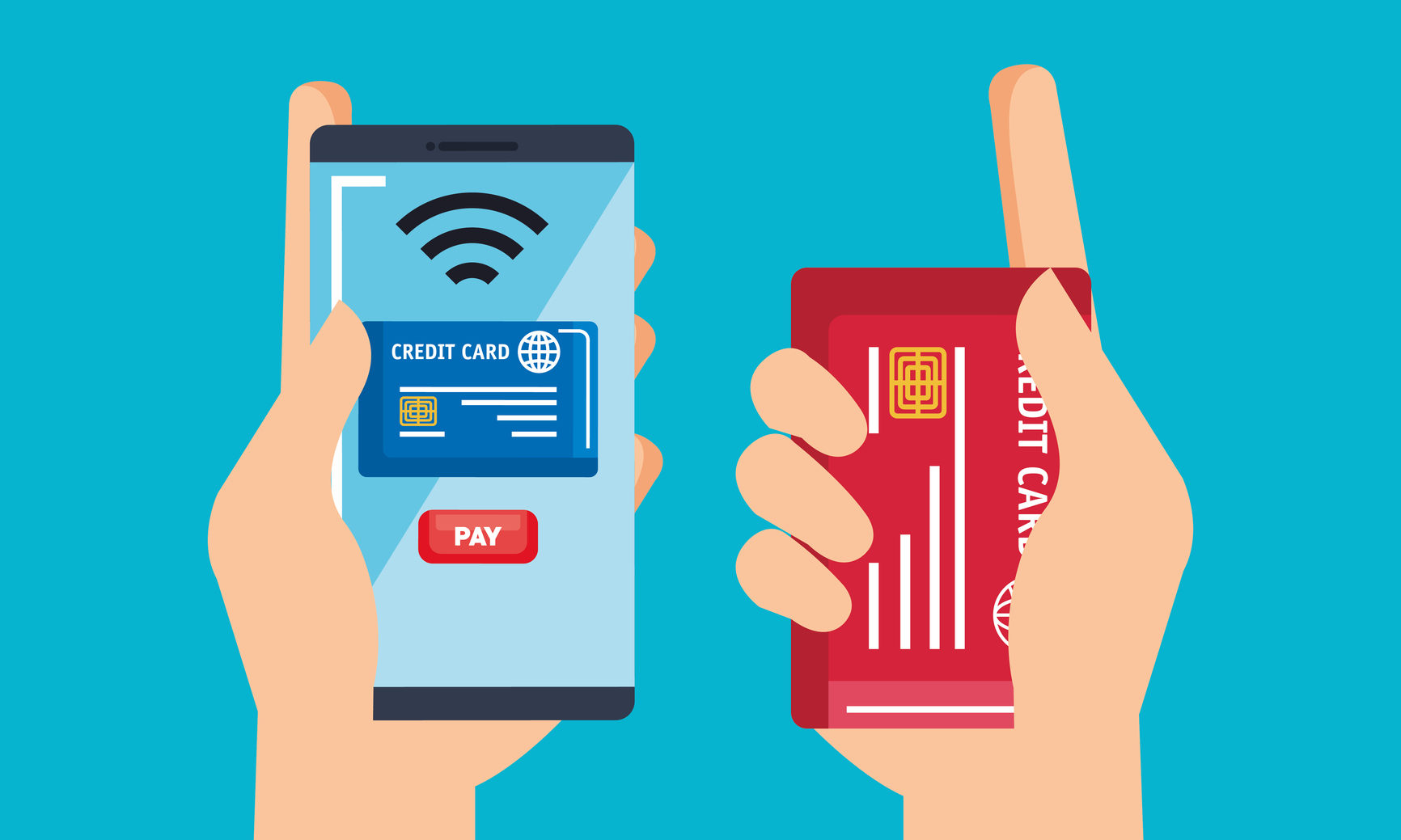How does… near field communication work?
Each week, we ask some of the industry’s most knowledgable boffins to break down jargon to help you through those confusing meetings and indecipherable conferences. Here, GPJ’s Chris Hogben explains how near field communication is being used throughout adland and beyond.
If you’ve ever tapped onto a train with a reusable ticket such as an Opal or Myki card, or paid for something by touching your phone or card to a terminal, you’ve used NFC.
NFC stands for near field communication and can be described as a digital handshake between you and a device or system. NFC tags are passive, meaning they don’t require any power.

Instead, electromagnetic induction is used to create a current that allows the tag to be read by the tag reader. For this reason, you must place the tag within a very close proximity of the reader for it to work.

